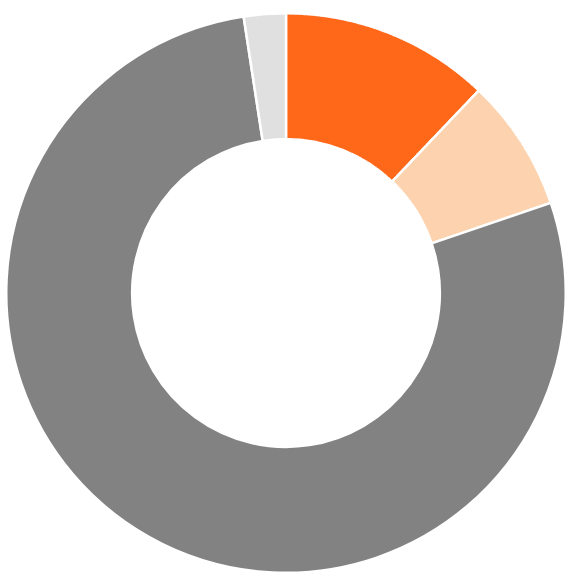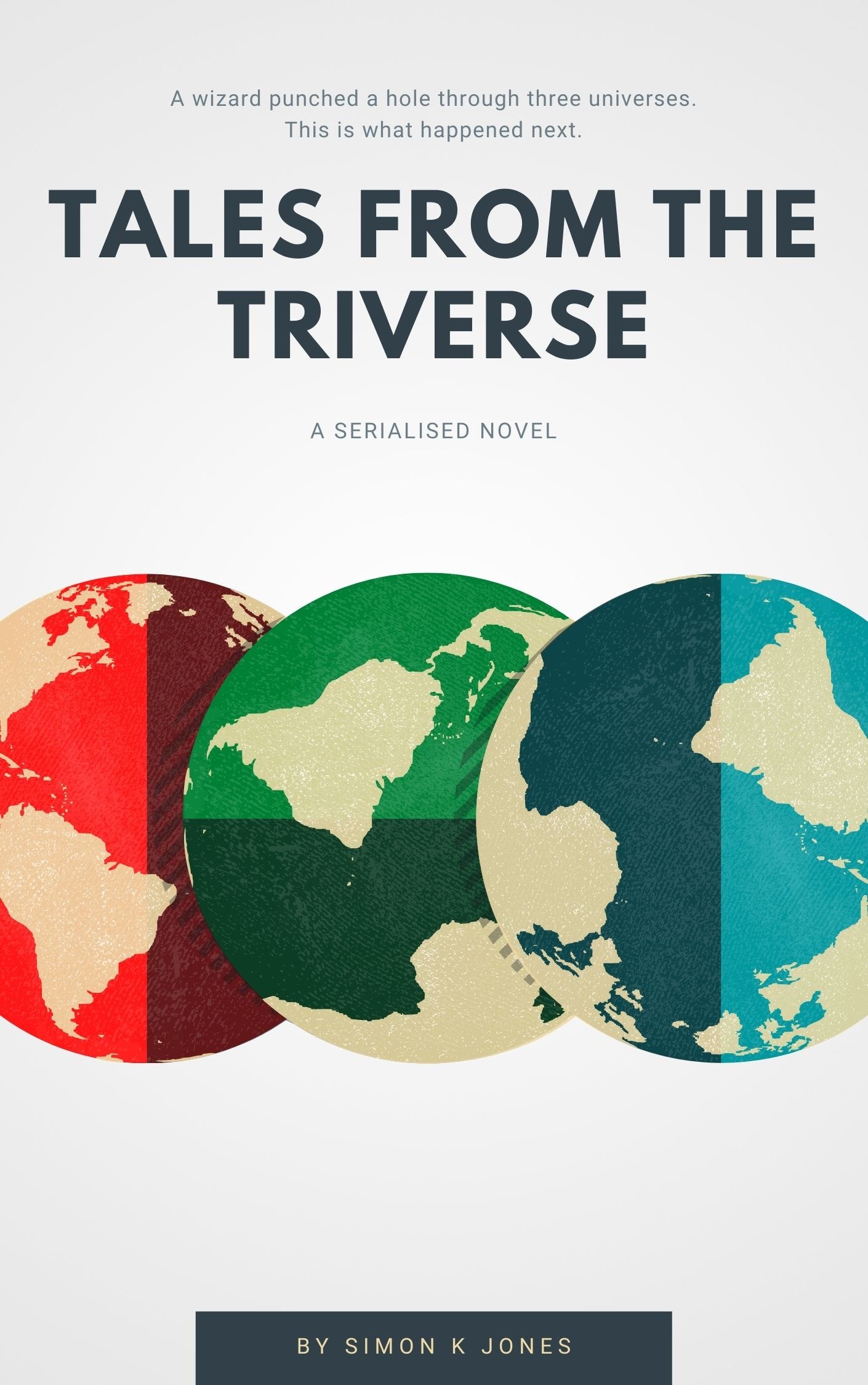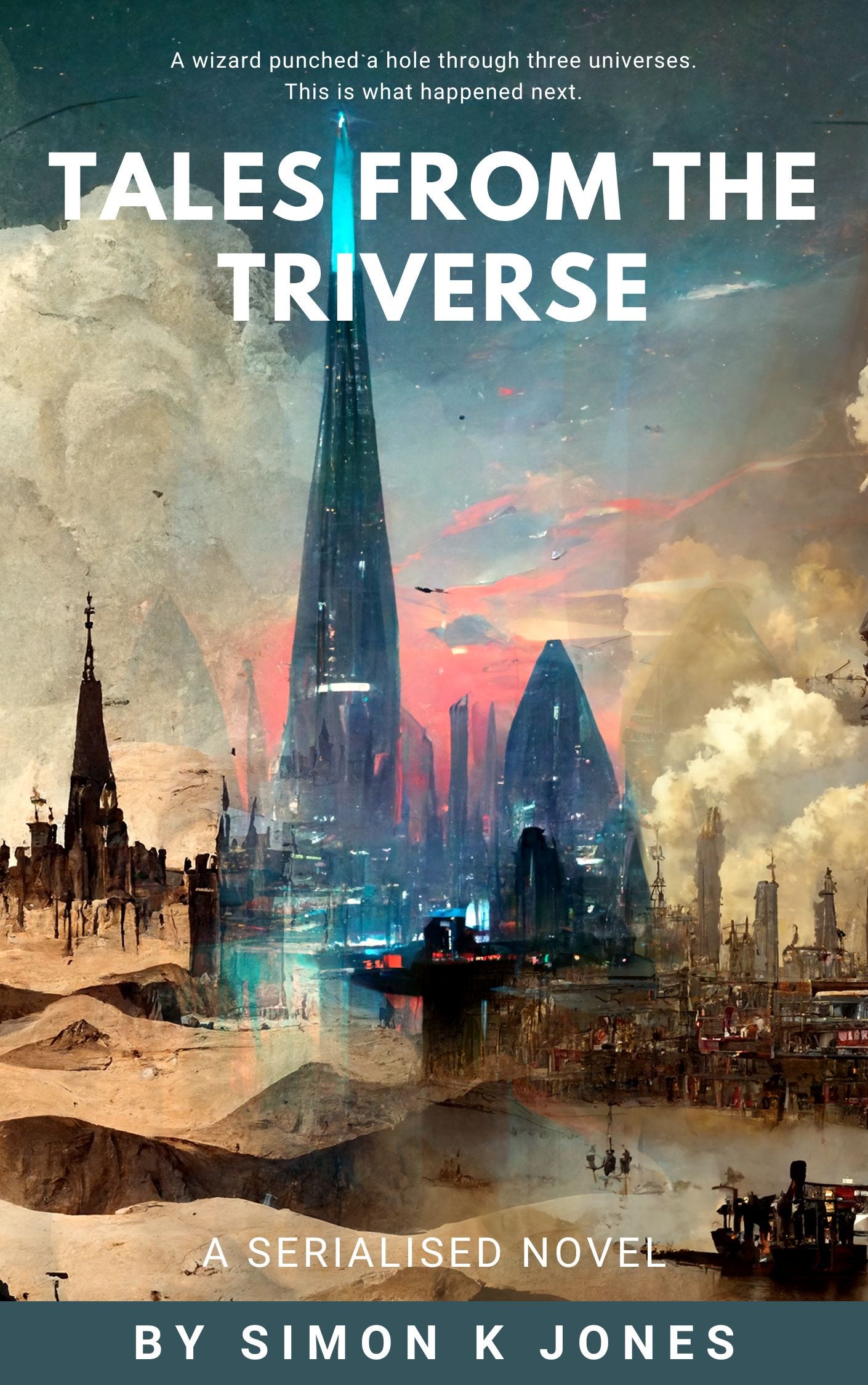Year One stats & progress
I've been writing this thing for over a year
It’s been just over a year since I started writing this newsletter on a weekly cadence. A whole year! That’s a lot of words, sending out newsletters every Monday and Friday.
As is customary around these parts, I thought I’d share an update on how it’s been so far, and what I’ve learned along the way. There will be graphs!
Getting to 1,000 subscribers
As I’m writing this, I’ve just bumped over 1k subscribers. Getting to 1,000 in a year is something I’m very happy about - I’d originally set the end of 2022 as a target for hitting that point, so I’m slightly ahead of schedule.
I made a slow start with the newsletter in the summer months of 2021, switching to a properly weekly output in September. Those initial ~150 subscribers were imported from my old Mailchimp list, which had accumulated over several years without me ever really knowing what to do with a newsletter.
September was when I committed to Substack as a newsletter/blog combo, publishing non-fiction writing tips on Mondays and new fiction chapters on Fridays.
The BookFunnel contribution
Subscriber growth was down to two factors. The significant bumps in the graph are mostly down to specific BookFunnel promos, where I offered a sample of my fiction work in exchange for a subscription. The idea is that people who are interested in my fiction will also be interested in the newsletter, and offering an ebook download is a convenient way for them to get started.
Throughout 2021 I used the ebook of my novel No Adults Allowed. A complete novel for free, with new weekly material from the author makes sense. At the start of 2022 I had written enough of Tales from the Triverse via this Substack to create a compilation of the first ‘story arc’, so from January onward I switched to using a Triverse ebook sample instead of the complete ebook of No Adults Allowed. A benefit here is that the giveaway book is the same as the one I’m publishing each week, making it a simpler proposal for new subscribers.
The other factor is everyone else who has subscribed.
78% of subscribers have come from BookFunnel promos. Those subscribers arrived here by following an interest in fiction. I suspect the remaining subscribers have arrived here primarily as writers, interested in my non-fiction tips and insight. There will be crossover, inevitably.
A decent 12% of subscribers (the orange cohort above) arrived here via Substack’s built-in features, such as recommendations and leaderboards. Substack sits quietly in the background, powering this newsletter, and its presence is generally pleasantly minimal. It’s evident that Substack’s growing reader base (who may or may not be aware that they are reading ‘Substacks’) is actively contributing to writer success, in ways that being on Wordpress and Mailchimp never did.
It’s still early days for paying subscribers (HUGE thanks to all of you for supporting my writing), but it’s interesting to see the breakdown. 29% of paying subscribers are from BookFunnel promos, with 57% coming from Substack-related features.
It’s far too early for me to draw definite conclusions, but anecdotally it seems that people who already read more on Substack are also more likely to pay to read on Substack.
Keep on iterating
I’ve been continually tweaking the newsletter this entire time, prompted by observing what other people are doing and also by Substack networking and training initiatives like Substack Grow.
Here’s a quick whistle-stop tour of tweaks I’ve made over the last year to improve the newsletter and make it clearer:
Changing the model: I switched from a paid exclusive model (you had to pay to read the fiction) to an early access model (paid subscribers got chapters a month early) to a donation model (it’s all free, with the pay option for those who wish to support the project). As a writer who is still building my list and reader base, it rapidly become apparent that limiting my readers to paying subscribers didn’t make sense. The current model means that anyone can check out my work, and opt to support it in a patron-style way. Anyone who isn’t ready to pay or can’t afford it doesn’t get locked out. I keep ‘extras’ for paid subscribers simple: they get to comment on the fiction chapters, and they get access to additional author notes each week.
Titles matter: I changed the name of the newsletter. It was originally “Simon K Jones writes…” which was very vague. “Write More with Simon K Jones” speaks more to how I hope to help people with the Monday newsletters, and also links to my general writing methodology of writing and publishing as I go. Many writers struggle to get any words down, and I think that’s where I am well positioned to help.
Copy tweaks: The ‘About’ page and subscriber welcome messages have changed significantly. In fact, I’m constantly tweaking them to try to make them clearer and more appealing. Much of this was about figuring out what I’m writing, and finding the confidence to state as such. Am I sending out writing tips, or new chapters of my fiction? Which is the main thing? Can the newsletter be both? I originally kept Tales from the Triverse on the down low, assuming that new arrivals wouldn’t be interested in a random book they’d never heard of. I’ve changed this around to give it equal billing, because really the only approach the makes sense is to be very up-front about what I’m doing and what readers can expect.
Visual design: I’ve altered some of the visual aspects over time, too. Early on I was using my own illustrations, but these were often not up to the quality I wanted and sometimes I didn’t have enough time to complete them, at which point I had to rely on generic stock footage. I’m now using MidJourney for the fiction chapters which gives them a much more vibrant and exciting feel. Similarly, the Triverse ‘book cover’ has shifted over time, from a minimalist and graphical style (which I still really like, incidentally) to a more painterly form. In addition to making the newsletter more appealing, the new cover has also attracted many more readers via the BookFunnel promos.
Here’s the original graphic design, which still shows up as scene breaks in the chapters:
Then we have a MidJourney-powered alternative which I used for a couple of months:
This was an attempt to do a more visually dynamic version of the original three-planets design:
And here’s the latest version, which attempts to show the three universes of the Triverse story blending into each other:
I rather like this one, though it needs some more work on the composition. A benefit of publishing in this way is that you’re not locked into a cover that has been printed - I can continue to tweak as much as I want. I especially like the tall tower intersecting with the ‘I’ in ‘Triverse’.
What’s coming up
I’m one year into doing this and am enjoying it perhaps more than ever. In particular, Triverse is now a book that has settled into itself. The characters are breathing, the plot is ticking along nicely, the world works. There’s always a risky period in the first six months of a new project when I’m finding my way through it, and wondering if I’ve made the right decisions.
Meanwhile, more readers show up here every week. Many of you are writers as well, which is especially exciting. The writer community on Substack is strong and lovely and I’ve learned a lot simply by observing and chatting with other writers who are testing the waters and pushing at the edges of what is possible.
I’ll soon be publishing the results of the Online Fiction Writers Survey, which ran earlier in the year. That report is a fascinating insight into where we’re at in 2022. I still really want to get back into podcasting, but that requires some schedule wrangling to make it a practical reality.
The main thing is to say a big ‘thank you!’ to everyone who is reading this, whether you’re a free or paid subscriber. You make it easy to get back to the keyboard each week.









Congratulations on one year and hitting 1000. That’s a big accomplishment.
I did two Book Funnel promos in 2021 and netted about 200 followers. But in January I quit doing promotion. It wasn’t long before Substack became the biggest source of my new subscribers. Currently 78%. In the past few months my newsletter has grown faster than ever with no promotional effort on my part. I even ditched my Twitter account. I think Substack has finally cracked discovery.
Of course, I am a hobbyist writer, so I have the luxury of not having to promote. But It is surprising how my growth has taken off in recent months without any promotion.
Thanks for sharing Simon! I love your latest book cover - it’s actually how I found you as I was searching for any discussions about Midjourney and was drawn in by that image. I’m quite new to Substack - I write a non-fiction newsletter, but am looking into the idea of serializing my first fiction novel here so I appreciate you sharing your experience. My biggest concern is, how do you start sharing chapters without first completing the book? What if half way through you realise something in chapter 3 should’ve been different?
I’m looking forward to reading your writer’s tips, and will have to catch up on the book!